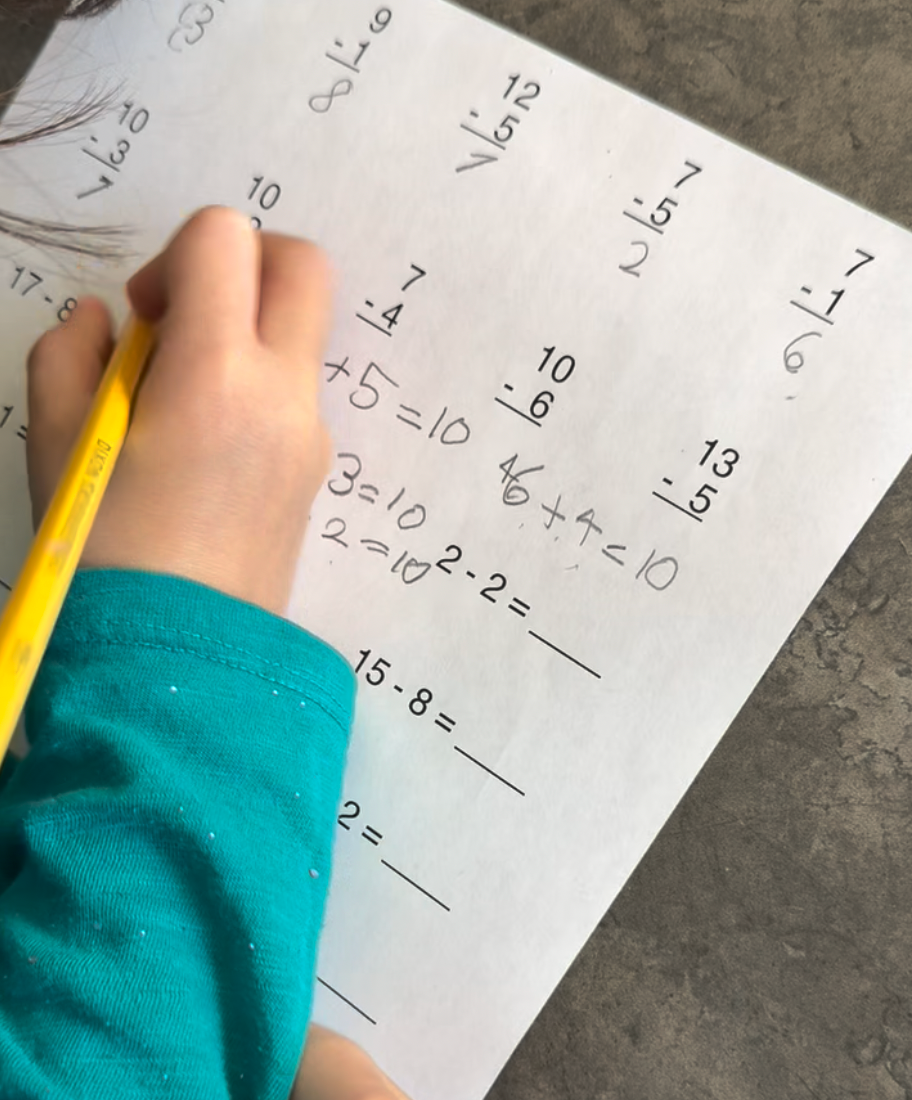Family Riddles for the Dinner Table: Fun Brain Teasers for Kids and Adults
- Math Happiness Project
- 3 days ago
- 4 min read

Whether it’s Thanksgiving dinner with the extended family or breakfast on Sunday morning, we’ve got you covered with a little bit of extra fun and a conversation starter (or changer 😉) when you need it. We’ve got 4 family riddles for you– short, clever puzzles that are perfect for getting kids and adults talking and thinking together around the table.
Why Family Riddles Are Perfect for Any Meal
Unlike games that require lots of materials or prep, riddles are easy to share: you can pose a question while waiting for everyone to get their food, or toss one in between courses. They encourage critical thinking, problem-solving, and sometimes a little friendly competition — all without anyone needing a pencil or a worksheet (but if you want to get a pencil and paper we’re okay with that too).
Using family riddles at the table gives everyone a chance to contribute, from the youngest child to the adult who claims they “don’t like math.” Best of all, they spark curiosity and create moments that people remember long after the meal is over aaaand maybe you can avoid Aunt Barb asking you for the tenth time why you cooked the rolls the way you did.
Try These Fun Dinner Table Riddles
Below are four riddles to try with your family. We share each riddle with a hint first. If you are looking for a solution, scroll all the way to the end of the post!
1. Finger Game Riddle
Riddle:You and a friend play a game: each of you secretly chooses a number of fingers to hold up (0–5). If the total is even, you win. If it's odd, they win. Without seeing their choice, is there any way to guarantee a win every round?
Hint: Think about what makes a number even or odd.
2. Six Chairs Puzzle
Riddle:A family arranges 6 chairs in a row. In how many ways can two children sit next to each other?
Hint: Treat the two kids as a “pair” — but remember they can switch seats within the pair.
3. The Always-Three Trick
Riddle:Think of a number. Double it → add 6 → divide by 2 → subtract your original number. The result is 3. What number did you start with? Why does this work every time?
Hint: Try a variety of numbers- what do you notice? What do you notice about the relationships between the ways you are acting on your chosen number?
4. Mystery Number
Riddle:I am a number. If you multiply me by 4 and then subtract 6, you get 10. What number am I?
Hint: Work backward — undo what happens to the number.
Just in case you want to keep the fun going:
Here are four more riddles for you that we shared for last year's holidays (solutions are at the end as well 😉).
5. The 30-Cent Coin Puzzle
Riddle:I have two coins that add up to 30 cents. One of them is not a nickel. What are the two coins?
Hint: Pay close attention to which coin is not a nickel.
6. The Mother–Child Age Riddle
Riddle:A mother is 30 years older than her child. Five years ago, she was six times as old as her child. How old is the child now?
Hint: Think about how their ages relate five years ago.
7. The Cake Cutting Challenge
Riddle:You have a rectangular cake, and you need to make exactly 8 equal pieces with just 3 cuts. How do you do it?
Hint: Think in three dimensions.
8. The Fruit Basket Count
Riddle:You have a basket of fruit containing apples, oranges, and bananas. There are 6 apples, twice as many oranges as apples, and 4 fewer bananas than oranges. How many pieces of fruit are there in total?
Hint: Start by finding the number of oranges, then the bananas.
Bring Family Riddles to Your Table
These riddles are simple, quick, and engaging — ideal for dinner, appetizers or the lull between dinner and desert. They invite kids and adults to think creatively, share ideas, and laugh together, all while strengthening problem-solving skills. Adding family riddles to your table is an easy way to get people talking and thinking!
Solutions:
1.There’s no way to guarantee a win. The total depends on both players, so without knowing the other person’s choice, each round is 50/50.
2.There are 5 possible pairs of adjacent seats. For each pair, the two children can switch places, giving: 5 × 2 = 10 possible arrangements.
Start with 🍎
Double: 2🍎
Add 6: 2🍎+6
Divide by 2: ( 2🍎 + 6) / 2 = 🍎 + 3
Subtract original: (🍎+3)−🍎 += 🍎
4.Start with 10 → add 6 → 16 → divide by 4 → 4.
5.A quarter and a nickel.The trick is in the wording: one of the coins is not a nickel — but the other one can be. So 25¢ + 5¢ = 30¢.
6.The child is 5 years old.Five years ago, the child was 0 and the mother was 30 — which fits the “six times as old” condition (any number is six times 0). Now, five years later, the child is 5 and the mother is 35.
7.Make two cuts across the top of the cake in a cross shape, creating 4 pieces. Then make a third cut horizontally through the cake (like slicing it into upper and lower layers). That doubles the 4 pieces into 8 equal slices.
8.
Apples: 6
Oranges: 2 × 6 = 12
Bananas: 12 − 4 = 8
Total pieces of fruit: 6 + 12 + 8 = 26.




Comments